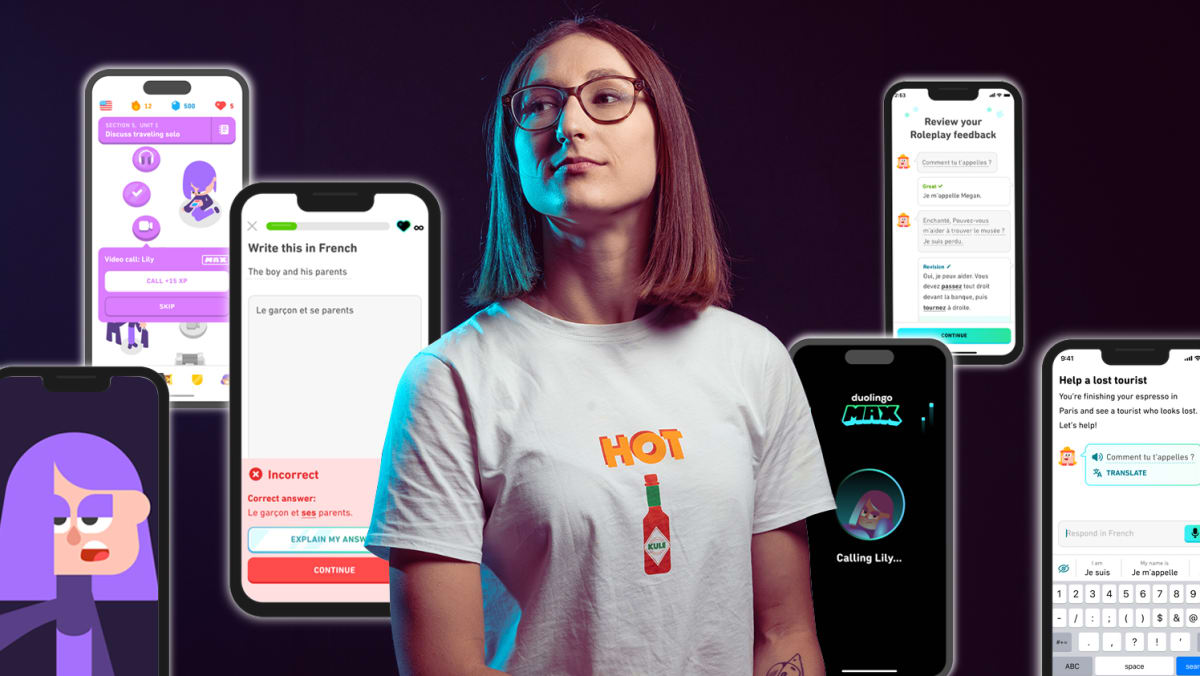Are non-alcoholic beverages good for you? Here’s what to know before you take your next sip

Non-alcoholic beverages used to be the butt of jokes. Now, they’re the fastest-growing sector of the alcohol market. Sales of non-alcoholic beer, wine and liquor increased by 32 per cent from 2022 to 2023, while total alcohol sales grew by just 1 percent. As of early 2024, the top-selling beer at Whole Foods was non-alcoholic.
This growth likely stems from increasing awareness of the health harms of alcohol and a rising interest in sobriety and moderation. One recent study found that health consciousness, curiosity and a desire to avoid the negative effects of alcohol (like hangovers) were among people’s top reasons for consuming nonalcoholic beverages. There are also many more – and better – non-alcoholic options on the market today.
So, how much healthier are non-alcoholic (or “NA”) beverages than the real deal? Are they safe for everyone? And do they contain other ingredients people should watch out for?
WHAT IS A ‘NON-ALCOHOLIC BEVERAGE’?
To qualify as nonalcoholic, a beverage must have less than 0.5 per cent alcohol by volume (ABV). Traditionally, brands use methods like filtration or distillation to remove the alcohol from their products. Newer techniques alter the fermentation process, so the sugar in the beverage isn’t turned into alcohol. Other drinks marketed as alcohol alternatives don’t try to mimic beer, wine or liquor and are made with juice or botanicals.
The main harmful ingredient in alcoholic beverages – the one that damages the liver and contributes to cancer – is the alcohol, so once that’s been almost entirely removed, the health risks associated with booze pretty much disappear.
“From a health perspective, very small amounts of alcohol in your drink probably don’t make a huge deal of difference,” said John Holmes, a professor of alcohol policy at the University of Sheffield in England.
It’s possible you could consume a substantial amount of alcohol by drinking NA beverages, “but it would be a lot of work,” said Dr Tim Naimi, the director of the University of Victoria’s Canadian Institute for Substance Use Research. “You’d have to drink 20 cans of 0.5 per cent ABV beer to get even up to two drinks a day.”
However, the experts cautioned that a drink with less than 0.5 per cent alcohol could still cause problems in some cases. For people with an alcohol use disorder, substituting non-alcoholic beer, wine or liquor could help them cut down on their drinking or stop completely, said Molly Bowdring, a postdoctoral scholar in clinical psychology at Stanford University. But these beverages could also serve as a trigger for relapse.
“They’re so similar in taste and flavor,” she said. “That can make it a helpful substitute, but it also includes all of those cues that might activate craving.”
For pregnant women, the American College of Obstetricians and Gynecologists hasn’t weighed in on NA beverages specifically, but its website states: “There is no safe amount or type of alcohol use during pregnancy.”
For people with other conditions that can be negatively affected by alcohol, like liver disease, the experts recommended asking a doctor if non-alcoholic beverages were okay to drink.
Alcohol alternatives made with juice or botanicals don’t come with the concerns around alcoholic content, but they can have other problematic ingredients, so it’s important to read labels closely. For example, some drinks contain CBD or THC, or plants like ashwagandha, which has been linked to liver injury and could be harmful during pregnancy.
CAN THEY IMPROVE YOUR HEALTH?
Data suggest that over 80 per cent of people who purchase non-alcoholic beverages also buy alcoholic ones. And as of 2022, NA products made up less than 1 per cent of total alcohol sales. But if people are replacing some of their beer, wine or liquor with non-alcoholic versions, that can have a positive impact on health.
“The more you drink, the more any reduction will benefit you,” Dr Holmes said. “So if you’re drinking ten drinks a week, going down to nine will still benefit your health.”
According to a study Dr Bowdring conducted, roughly half of people who drink NA beverages reported that they were consuming less alcohol because of them.
Not everyone is convinced that people are substituting non-alcoholic beverages for alcoholic ones: Dr Naimi said people may be drinking them in addition to the alcohol they already consume. “The impact of no- or low-alcohol beverages might be to displace the consumption of alcoholic beverages,” he said. Or, “it might be to displace the consumption of soda or seltzer water.”
That reflects what Athletic Brewing Company, the leading non-alcoholic beer brand, sees among many of its customers. “Where people maybe only drink on Friday and Saturday nights previously,” now they’re having a nonalcoholic beer “every night of the week with their dinner,” said Bill Shufelt, the company’s co-founder and CEO.
The experts stressed there’s no evidence of any harm in doing that – it just raises the question of whether these beverages will have a positive impact on public health.
“The growth of the category is interesting,” Dr Naimi said. “But what really matters, the eye on the prize, is how it affects the total sale of alcohol. And I think that’s the million dollar question.”
By Dana G Smith © The New York Times Company
The article originally appeared in The New York Times.
Source: CNA















